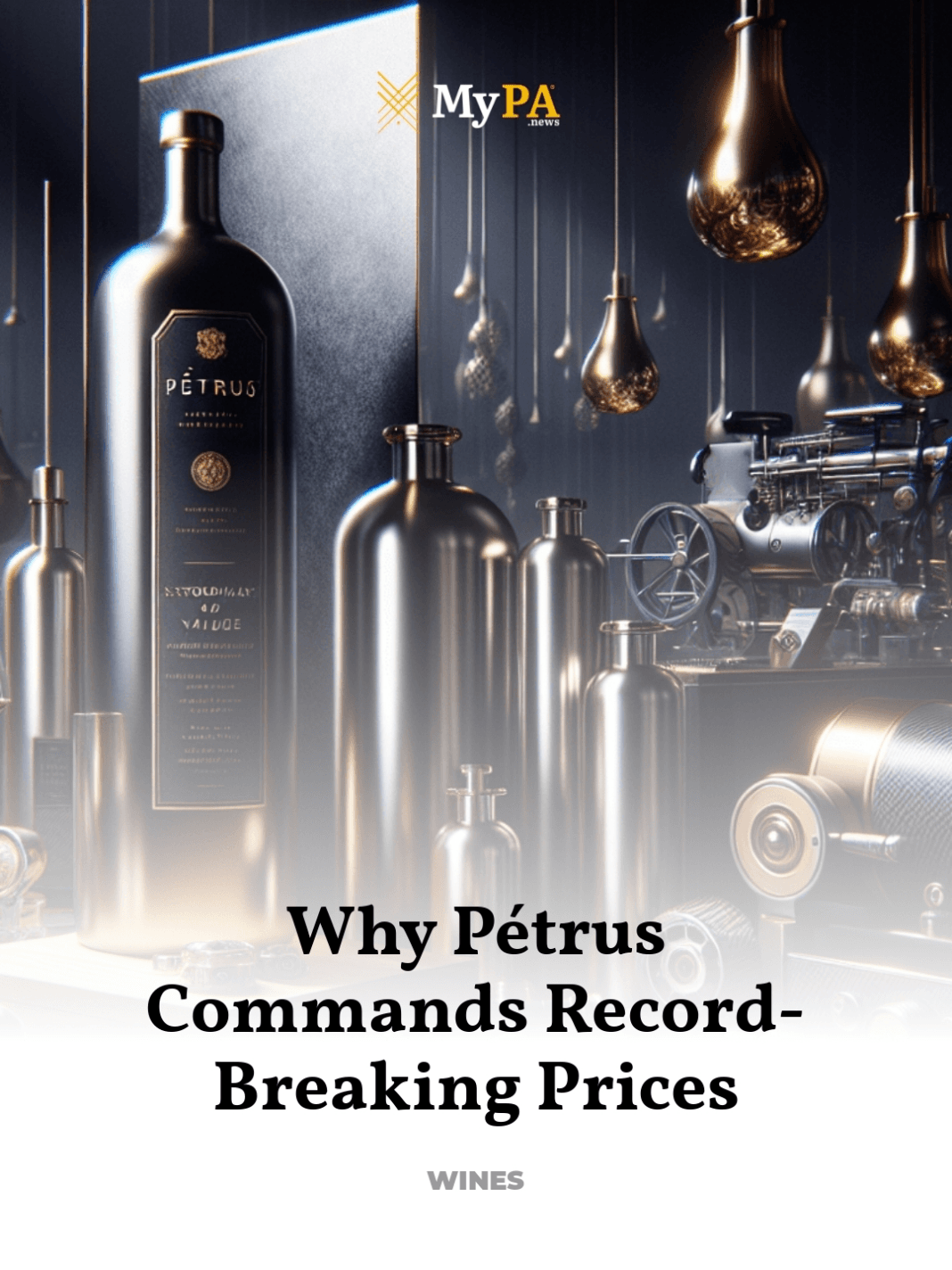The Factors That Make This One of the Most Expensive Wines in History
Pétrus, a name that resonates with rarity, luxury, and unparalleled quality within the wine world. This prestigious label from Pomerol, Bordeaux, not only captivates connoisseurs but also commands some of the highest prices in the wine market. But what exactly elevates Pétrus to such esteemed status?
- The Rich Heritage of Pétrus
- The Unique Terroir of Pomerol
- Innovative Vinification Techniques
- Scarcity and Exclusivity
- Cultural Impact and Iconic Status
- Understanding the Value Beyond the Bottle
The Rich Heritage of Pétrus
The story of Pétrus is deeply woven into the fabric of Bordeaux’s wine history. Established in the mid-19th century, the estate gained prominence in the 20th century under the stewardship of the Moueix family. This period marked the beginning of its ascent to the pinnacle of fine wines. The Moueix family’s dedication to quality and their visionary approach to wine marketing significantly contributed to the brand’s prestige.
Key figures such as Jean-Pierre Moueix and subsequently his son Christian played pivotal roles in elevating the estate’s reputation. Their efforts in promoting Pétrus, particularly in key markets such as the United States, solidified its status as a symbol of luxury and exclusivity.
- Historical milestones: The acquisition by Jean-Pierre Moueix in 1945, the introduction to international markets in the 1960s, and the modernization of production techniques.
- Notable vintages: The legendary 1947 vintage, which many critics consider one of the greatest wines ever made, further catapulted Pétrus into the global spotlight.
The Unique Terroir of Pomerol
The terroir of Pétrus offers a unique combination of geological and climatic factors that contribute to the distinctive quality of its wine. Located on the eastern side of Pomerol, the vineyard is primarily composed of a rare, iron-rich clay known as ‘crasse de fer.’ This particular type of clay is crucial as it regulates moisture supply to the vines, ensuring optimal growth conditions.
The vineyard’s location on the Pomerol plateau allows for excellent drainage, while the clay retains enough moisture during dry periods. This balance is vital for the Merlot grape, which constitutes nearly 95% of Pétrus’s vineyard, with the remainder planted with Cabernet Franc.
- Soil composition: The high iron content in the soil contributes to the depth and complexity of the wine.
- Microclimate: The microclimate of Pomerol, influenced by both the Atlantic and continental weather systems, ensures adequate sunlight and optimal rainfall, crucial for the ripening of grapes.
Innovative Vinification Techniques
Pétrus has been a pioneer in adopting and refining vinification techniques that enhance the natural qualities of its terroir. The estate was among the first in Bordeaux to implement green harvesting (éclaircissage), a method that involves removing smaller grapes to allow the remaining ones to develop better concentration of flavors and aromas.
The winemaking process at Pétrus also involves meticulous selection during harvest, with several passes through the vineyard to ensure that only the best grapes are picked at their optimal ripeness. This attention to detail extends to the cellar, where the wine undergoes fermentation in temperature-controlled concrete tanks, followed by aging in new French oak barrels for 18-20 months.
- Barrel aging: The use of new oak not only imparts complexity and structure but also enhances the wine’s aging potential.
- Innovative practices: Techniques such as micro-oxygenation, which was tested at Pétrus, have revolutionized winemaking in Pomerol and beyond.
Scarcity and Exclusivity
The allure of Pétrus is magnified by its scarcity. The vineyard spans just under 12 hectares, a relatively small area that limits annual production to about 30,000 bottles. This limited output ensures that demand consistently outstrips supply, adding to the wine’s mystique and desirability.
Moreover, Pétrus does not engage in second-label wines, which means that every bottle is a full expression of the estate’s quality. This exclusivity is not just about limited quantities but also about maintaining an uncompromising standard of excellence.
- Allocation: Bottles of Pétrus are often allocated rather than sold openly in markets, which adds an element of exclusivity and desirability.
- Collectibility: The rarity and outstanding quality of Pétrus make it a coveted item among collectors and wine enthusiasts worldwide.
Cultural Impact and Iconic Status
Pétrus is not just a wine; it is a cultural icon. Its status is bolstered by its association with celebrity and luxury. Frequently spotted at high-profile events and enjoyed by influential figures, Pétrus symbolizes more than just viticultural success—it represents a lifestyle and an aspiration.
The wine’s prominence in popular culture, including its appearances in films and literature, reinforces its image as a symbol of opulence and refined taste. This cultural impact helps sustain its high market value and global demand.
- Symbolic value: Pétrus often represents the pinnacle of personal or professional success in narratives and media portrayals.
- Media appearances: References in movies, television shows, and books that emphasize its luxury status.
Understanding the Value Beyond the Bottle
The value of Pétrus transcends its sensory qualities to embody elements of heritage, craftsmanship, and cultural significance. Each bottle of Pétrus is not merely a product but a piece of history, a result of centuries-old traditions blended with innovative practices that together define the pinnacle of fine wine.
For those who seek to understand the essence of luxury in viticulture, Pétrus offers a compelling narrative of excellence and exclusivity. It is a testament to the art of winemaking, where every element, from the soil to the cellar, contributes to creating something truly extraordinary.
For further exploration into the world of fine wines and Pétrus, consider visiting authoritative sources such as Wine-Searcher’s extensive wine database.



